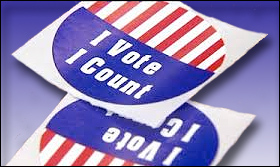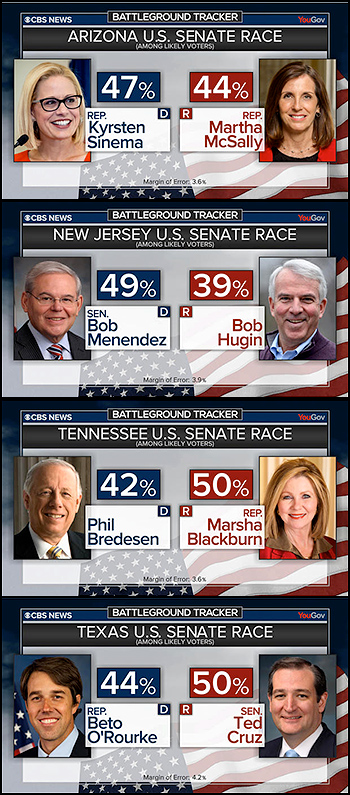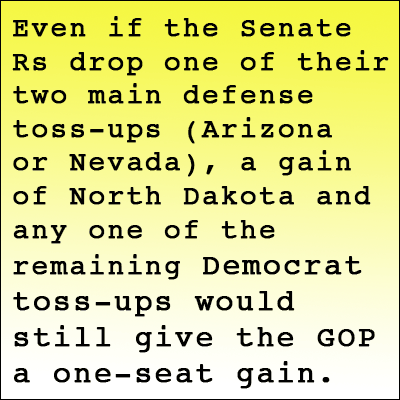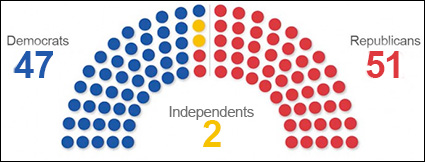Nov. 5, 2018 — The pollsters are publishing their final pre-election studies, and here’s were the tightest, top Senate races stand:
ARIZONA
Rep. Martha McSally (R) vs. Rep. Kyrsten Sinema (D)
• Fox News (Oct. 27-29; 643 likely Arizona voters)
McSally 46; Sinema 46
• SSRS for CNN (Oct. 24-29; 702 likely Arizona voters)
Sinema 51; McSally 47
• OH Predictive Insights for ABC Channel 15 (Oct. 22-23; 600 likely Arizona voters)
McSally 52; Sinema 45
FLORIDA
Sen. Bill Nelson (D) vs. Gov. Rick Scott (R)
• Cygnal (Oct. 27-29; 495 likely Florida voters)
Nelson 50; Scott 48
• SSRS for CNN (Oct. 24-29; 781 likely Florida voters)
Nelson 49; Scott 47
• St. Pete Polls (Oct. 30-31; 2,470 likely Florida voters, automated)
Nelson 49; Scott 47
• Trafalgar Group (Oct. 29-30; 2,543 likely Florida voters, automated)
Nelson 49; Scott 47
INDIANA
Sen. Joe Donnelly (D) vs. Mike Braun (R)
• Fox News (Oct. 27-30; 722 likely Indiana voters)
Donnelly 45; Braun 38
• NBC News/Marist College (Oct. 24-28; 496 likely Indiana voters)
Donnelly 43; Braun 40
Continue reading







